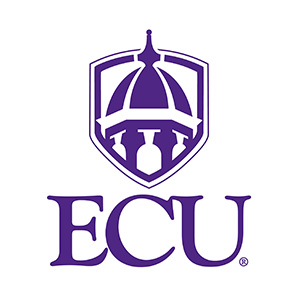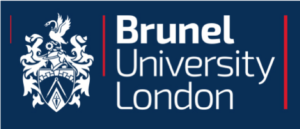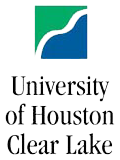Upscaling Mangrove Restoration for Coastal Hazard Reduction in a Deltaic Environment: Prioritizing Restoration Efforts for Nature-based Solutions in the Volta Delta
Project Information
This project is a collaboration between universities in the US and UK, along with NGO, university and community partners in Ghana, to better understand how to upscale locally appropriate mangrove Ecosystem-based Adaptation (EbA) across the Volta Delta and beyond. Coastal communities in the Volta Delta rely on abundant mangrove forest ecosystems for extractive resources such as fuelwood, as well as non-extractive benefits such as coastal hazard reduction. These mangrove resources, however, are threatened by unsustainable human activities and climate change.
Mangrove EbA has high potential for reducing vulnerability to coastal hazards while enhancing ecosystem health. However, implementation of mangrove EbA restoration and conservation projects remains low due to a lack of understanding of the various climate, hazard, environmental and social drivers that influence EbA potential and effectiveness.
This project will help upscale mangrove EbA in the Volta Delta by:
- Improving understanding of the human and natural factors that shape EbA effectiveness;
- Building local capacity to assess EbA potential, adaptively manage EbA projects, and conduct ecological mapping and monitoring of mangrove habitats; and
- Developing a web-based assessment tool that provides a spatial ranking of mangrove EbA potential.
Project Updates
Informed Climate and Ecosystem Planning Through Comprehensive Assessments and Community Engagement:
The project has collected extensive data on mangrove extents in and around the study sites, which are currently being mapped and will be made available soon. Before initiating data collection, the project team prioritised identifying and building relationships with the local communities as key partners for the work. They engaged four communities in the Delta, all of whom have been affected by coastal hazards such as flooding, erosion and salt-water intrusion thatimpact their health and livelihoods.
Community members in Agorkedzi/Fuveme, said:
“Our community has suffered from flooding, erosion, salt water intrusion. We have lost our first community, Fuveme, due to flood and erosion.”
“Our wells have become salty. Just after the flood, our goats and pigs that were not carried away by the flood became sick and all died.”
When asked about how they dealt with these issues, community members expressed an awareness of the benefits of mangroves for coastal protection, as well as difficulties in maintaining the health of these mangroves due to larger, delta-scale issues related to sedimentation:
“We observed that farmlands with mangroves are protected from flooding.”
“Yes, we can plant mangroves to reduce flooding from the river and lagoons. But we do not have land to plant mangroves. The only land we have cannot sustain the growth of mangroves because it is highly saline due to regular sea water inflow.”
In addition to coastal protection, members of these communities also highlighted their use of mangroves as building materials and their vital role as nurseries for fish:
“We use mangroves for building materials. Mangroves serve as nurseries for fishes, such as cat fish, and also promotes oyster production.”
Project Status
Ongoing




